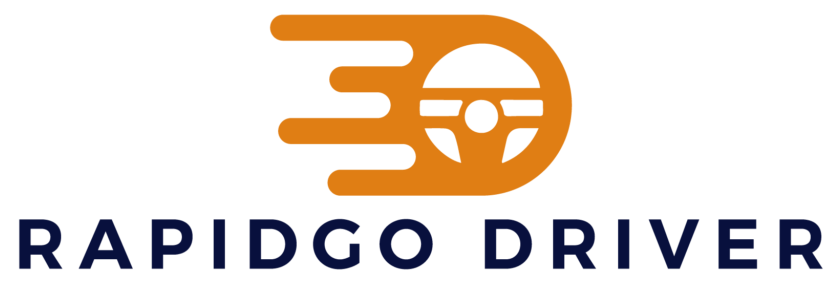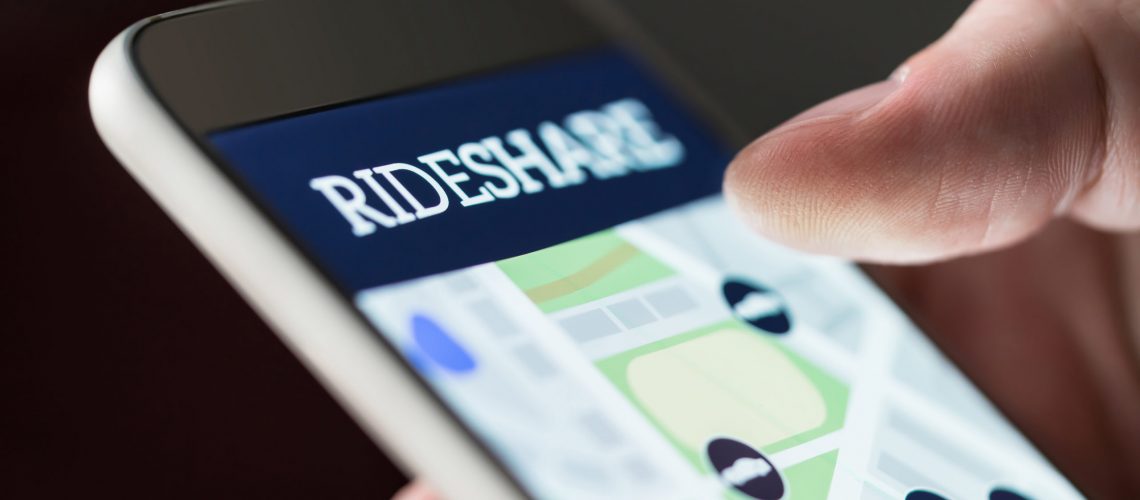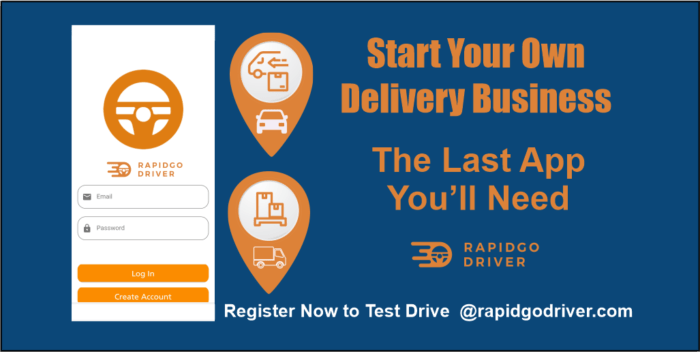If Uber wins, you won’t. As we close in on a pivotal election day across the US, the California vs the Uber Model politics exhibits the desperate attempts in an all-or-nothing, hat-in-the-ring, change the rules to please the shareholders must-have-list, Profits. The Uber gig model dictates control over the activities, earnings, and place of operation of a driver. That driver-control describes them as an employer under state and federal law.
To combat that debilitating delineation, the Uber gig model executives are spending millions of investors’ dollars to change the way in which gig workers must access customers via their app, while lobbying governments to create a new class of workers. A class that can be directed by big business that wants nothing to do with doling out healthcare and unemployment expenses. The last thing the Uber model wants is for gig workers to be termed employees. It has been estimated that the added costs passed on to customers would financially cripple the model and drastically reduce the competitive edge Uber has.
The Uber model in simplicity looks like this. You, the customer, need a service such as a rideshare or meal to be delivered. Uber says we will find you a driver to complete that service for a fee. Included in that service fee are third-party expenses and profits for Uber, along with the cost of the driver. Customers have a ceiling on how much service fee they are willing to endure, while Drivers, often desperate for income, can have their fees dictated in a take-it-or-leave-it posture.
The third-party expenses in the model include infrastructure costs of executives and engineers, Customer and Driver liaison service providers along with a plethora of building costs and advertising costs. All these costs are generated to simply find a driver to service the Customer’s request.
Imagine a simpler model that replaces Uber with a yellow page’s directory (Delivery Driver Direct) where Customers can find Drivers for their specific local needs and Drivers can be listed to provide local, dependable, repeat service. Imagine Drivers filling their time with earning delivery fees instead of waiting around for a possible request.
If Uber wins, you won’t. As long as the Uber-Model platforms continue to expand, the driver expense will be the largest to be reduced or negated. The Driver costs to rideshare represent over 50% of the fees that Uber charges. As self-driving vehicles become more available, all the platforms will be chomping at the bit to eliminate all the interactions requiring human interface.
If Uber manages to win-over in California and Drivers are considered independent contractors and not employees, profits will dictate how Drivers will be managed. The Uber algorisms will continue to allocate driver resources to maximize earnings along with ways to minimize Driver payout. Suppose Drivers are forced to be employed by Uber, additional draconian measures will prevail as Drivers will be limited in hours and income to keep them as part-time employees, therefore not requiring the benefit protection costs of full-time employees. Furthermore, Drivers may find themselves deactivated for no reason other than Uber needs to restrict Driver availability in certain areas at certain times.
If you want to win, here is how. As a Driver, simply eliminate the Uber platform and utilize your own platform to communicate directly with Customers and receive fees and tips directly to you. You can develop your own customer base and spend your driving time filled with income rather than wait time. If safety, flexibility, and freedom are important to you, take back control of your earning power and peace of mind. Register for the Rapidgo Driver app download and start earning the day you start making deliveries
For more tips on starting your own delivery driver business, review this resource.
In addition to Top 2020 Food Delivery Apps, more on Uber driver options HERE.



